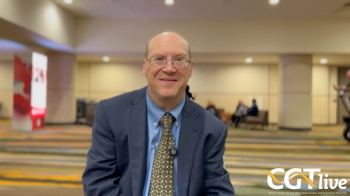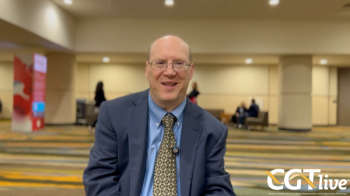
Gene Therapy Valoctocogene Roxaparvovec Nears Hemophilia FDA Submission
BioMarin announced the investigative gene therapy reached pre-specified criteria for Factor VIII levels in adult patients with severe hemophilia A.
Investigational gene therapy valoctocogene roxaparvovec has reached a pre-specified benchmark for clinical criteria, and may soon be submitted for US Food and Drug Administration (FDA) review as a severe hemophilia A therapy.
BioMarin Pharmaceutical announced today that 8 of 20 patients in the GENEr8-1 study cohort achieved Factor VIII (FVIII) levels of at least 40 IU/dL at 23-26 weeks of care with the gene therapy. Achievement of the pre-specified criteria for Factor VIII activity levels has spurred the company to set meetings with both the FDA and European Medicines Agencies (EMA) to review phase 3 data and other submission factors, with the intent to announced marketing application dates in the second half of this year.
Trial patients were each dosed at 6e13 vg/kg of valoctocogene roxaparvovec and given until week 26—or, the April 30 cutoff date of this year—to report FVIII levels of 40 IU/dL using the chromogenic substrate (CS) assay. Seven patients achieved the benchmark by the end of April, while 1 additional patient met it after the assessment period.
Among the 16 total patients who reached week 26 since gene therapy administration, estimated median Annual Bleed Rate (ABR) was 0, and estimated mean ABR was 1.5—a reduction of 85% from baseline, where all patients were on standard-of-care prophylaxis. Patients on valoctocogene roxaparvovec also reported an 84% reduction in median annualized FVIII usage. From weeks 23-26, mean FVIII level with the CS assay was 36 IU/dL (SD= 28), and median level was 33 IU/dL.
As a potentially critical therapy for an at-risk patient population, valoctocogene roxaparvovec was granted both Breakthrough Designation and Orphan Drug Designation by the FDA. Its achieved pre-specified clinical endpoint marks both a critical milestone in care and demonstration in its capability to treat severe hemophilia A in adults, Hank Fuchs, MD, president of Worldwide Research and Development at BioMarin, said in a
“Our discussions with the FDA and EMA underscore the high level of unmet need in the hemophilia community, and we look forward to continuing our productive dialogue on the submissions,” Fuchs said.
Newsletter
Stay at the forefront of cutting-edge science with CGT—your direct line to expert insights, breakthrough data, and real-time coverage of the latest advancements in cell and gene therapy.

















































